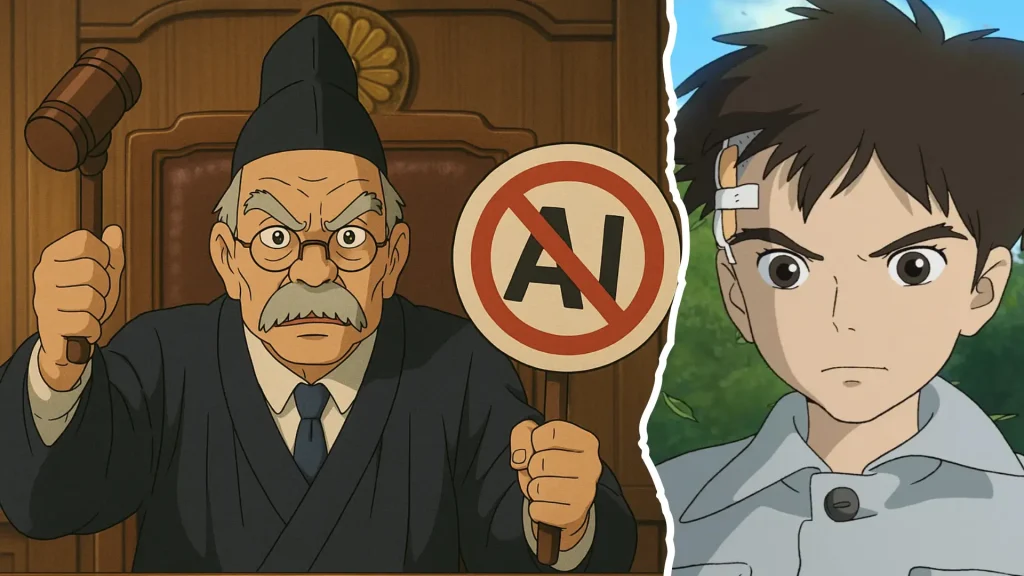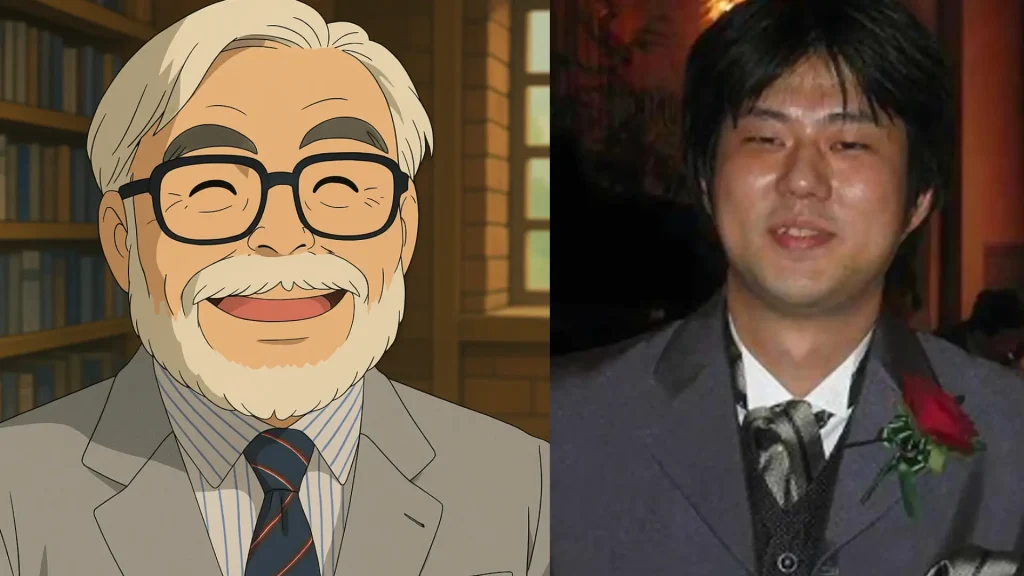A recent flood of AI-generated images resembling Studio Ghibli’s signature look has taken over social media. These soft-toned landscapes and whimsical characters have sparked big discussions online. Now, Japan’s government has responded, and their answer has caught a lot of attention.

Japan Says: Copying Style Alone Isn’t Illegal
On April 16, 2025, Yoshihiko Nakahara, a strategy officer at Japan’s Ministry of Education, Culture, Sports, Science and Technology (MEXT), addressed the issue during a House of Representatives committee session.
He responded to a direct question from Masado Emi of the Constitutional Democratic Party, who asked whether AI-generated images with the “Ghibli feel” violate copyright law.
Nakahara made it clear:
“If the similarity lies only in the style or ideas, [it] is not considered copyright infringement.”
This statement cleared up a lot of confusion for people who assumed that creating Ghibli-style images with AI would cause legal problems. He did mention that final decisions in these matters still rest with the courts. So, this is a general view, not a guaranteed defense.
The Difference Between Style and Content
Nakahara explained that Japanese copyright law protects original creative work, not general appearance or artistic style. That means using common features, like magical settings, soft lighting, or childlike characters, doesn’t automatically count as copying.
It only becomes a legal issue when an AI image copies actual Ghibli content, such as a known character, specific movie scene, or a unique composition. These are seen as protected under copyright.
To simplify:
- Likely okay: A magical forest using colors or themes that feel similar to Ghibli.
- Possibly illegal: An AI-generated image that closely recreates a moment from My Neighbor Totoro or Spirited Away.
Emi summarized it clearly:
“It’s legal as long as it’s just similar in style or idea, but if it’s recognized as Ghibli itself, then it would be a violation.”
This debate didn’t come out of nowhere. On March 25, 2025, OpenAI released a new image generation feature within ChatGPT. Suddenly, anyone could type a short description and get detailed images in just about any style.
Naturally, the Ghibli look became one of the most used prompts. It’s well-loved, familiar, and visually unique. Soon, platforms like Instagram and X (formerly Twitter) were filled with Ghibli-inspired AI art.
While many people enjoyed the creativity, others began asking serious questions about whether this type of content might be breaking copyright laws.
One person who isn’t excited about this trend is Ghibli co-founder Hayao Miyazaki. Known for his devotion to hand-drawn animation, Miyazaki has spoken strongly against AI-generated content.
In 2016, during a documentary, he watched an experimental AI animation and responded harshly:
“An insult to life itself.”
He expressed concern that AI-generated work lacked meaning, emotion, and the personal experience that he believes is essential in art. For him, human effort is what gives art its value. That perspective sits at the heart of this ongoing discussion.
Beyond copyright, ethical concerns have also been raised. Some people used the Ghibli style to create AI images about serious or sensitive topics, including historical events. These images were seen by many as inappropriate and tone-deaf.
Right now, Japan’s current stance is that using a similar art style with AI is probably not against the law. But copying a character or specific scene is another matter and could be treated as a violation.
This issue isn’t limited to Japan. Every country is trying to figure out how copyright laws apply to AI tools that can create realistic and detailed content with just a prompt. And as AI becomes more common in creative fields, these questions will keep coming up.
Source: Sankei

